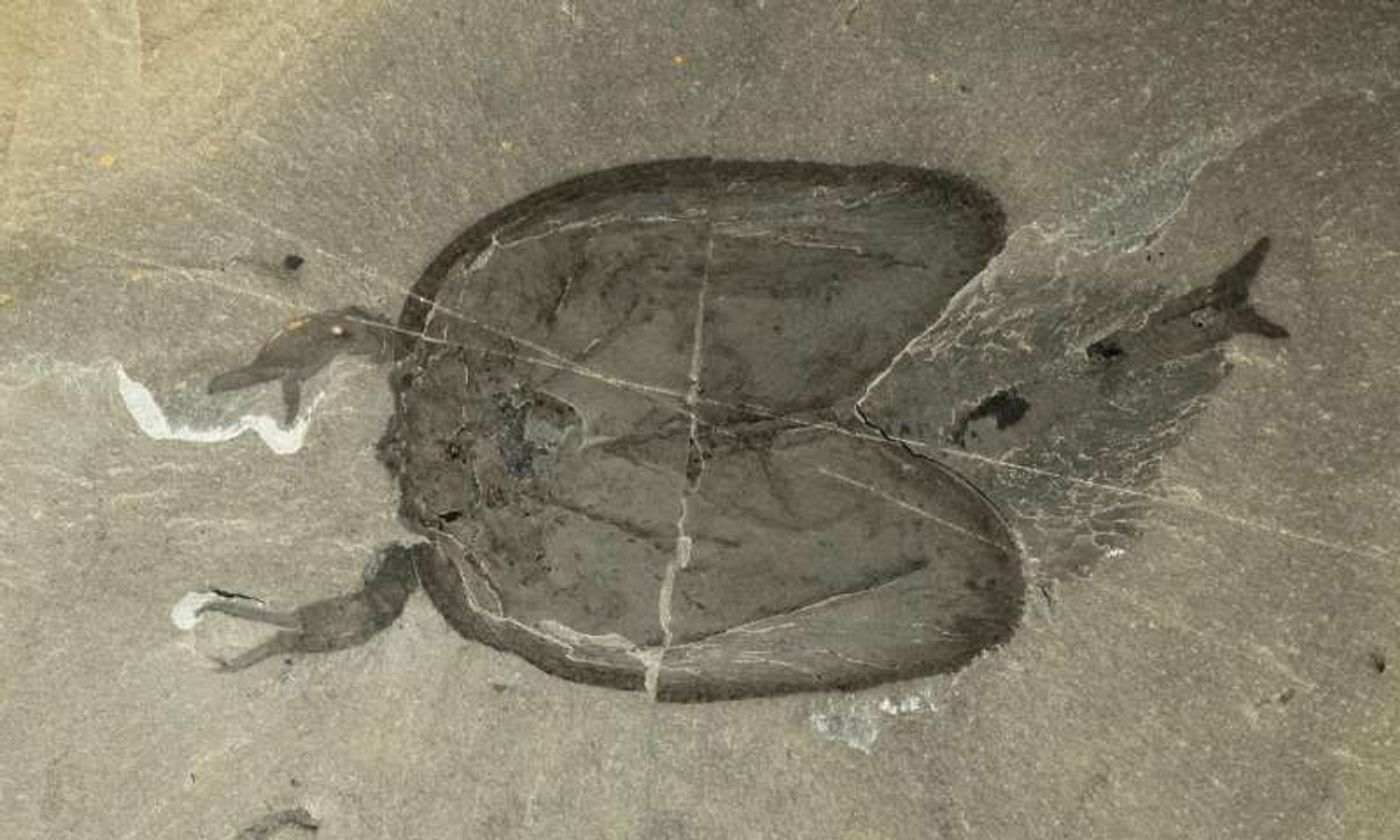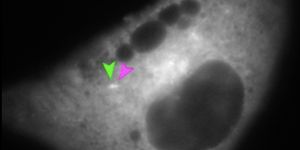This Ancient Sea Creature Had Can Opener-Like Mandibles
Paleontologists help depict the history of the ancient world one fossil at a time, and now a new fossil is telling the story of a particular member of the Mandibulata family known as Tokummia katalepsis.
Discovered in Marble Canyon of Kootenay National Park in British Columbia by researchers from both the University of Toronto and the Royal Ontario Museum, the creature is estimated to have existed 508 million years ago before becoming fossilized within the seafloor sediment.
The findings appear in the journal Nature and describe a arthropod-like creature that helped pave the way for modern mandibulates, family group that gets their name from their mandibles, which are used for grabbing and pinching, among other things.
Image Credit: Jean-Bernard Caron. Copyright: Royal Ontario Museum
Tokummia measures approximately 4 inches in length and is believed to have enjoyed tropical water environments the most. Back in the Cambrian period, it would have been one of the largest predators around.
The mandibles on the creature exhibit serrated qualities that make it look like quite the capable hunter, but more research into the fossil has showed that they were probably more delicate than meets the eye, so their hunting would have been limited to softer creatures that couldn’t over-power the mandibles and were easier to tear into bite-sized pieces.
Related: Researchers officially identify 'Baby Louie' fossil as a bird-like dinosaur
"The pincers of Tokummia are large, yet also delicate and complex, reminding us of the shape of a can opener, with their couple of terminal teeth on one claw, and the other claw being curved towards them," said study lead author Cédric Aria.
"But we think they might have been too fragile to be handling shelly animals, and might have been better adapted to the capture of sizable soft prey items, perhaps hiding away in mud. Once torn apart by the spiny limb bases under the trunk, the mandibles would have served as a revolutionary tool to cut the flesh into small, easily digestible pieces."
A full motion rendering of what the creature is beleived to have looked like is available below:
For what it’s worth, the history of mandibulates has gone unchecked for ages. While we know they’ve existed for a long time, we don’t have a very clear picture of what kick-started their evolution, and that’s a question scientists hope to answer through fossil discovery. Fortunately, Tokummia plays a key role in answering this question, as it existed very early in the family tree and could tell us more.
Related: This might be the first-known fossil of a dinosaur brain
It should be interesting to see what others kinds of fossils might be hiding in the area, or elsewhere around our planet. With new species being discovered seemingly every day, it shouldn't be long now before we're finally able to connect the dots.
Source: Popular Science









